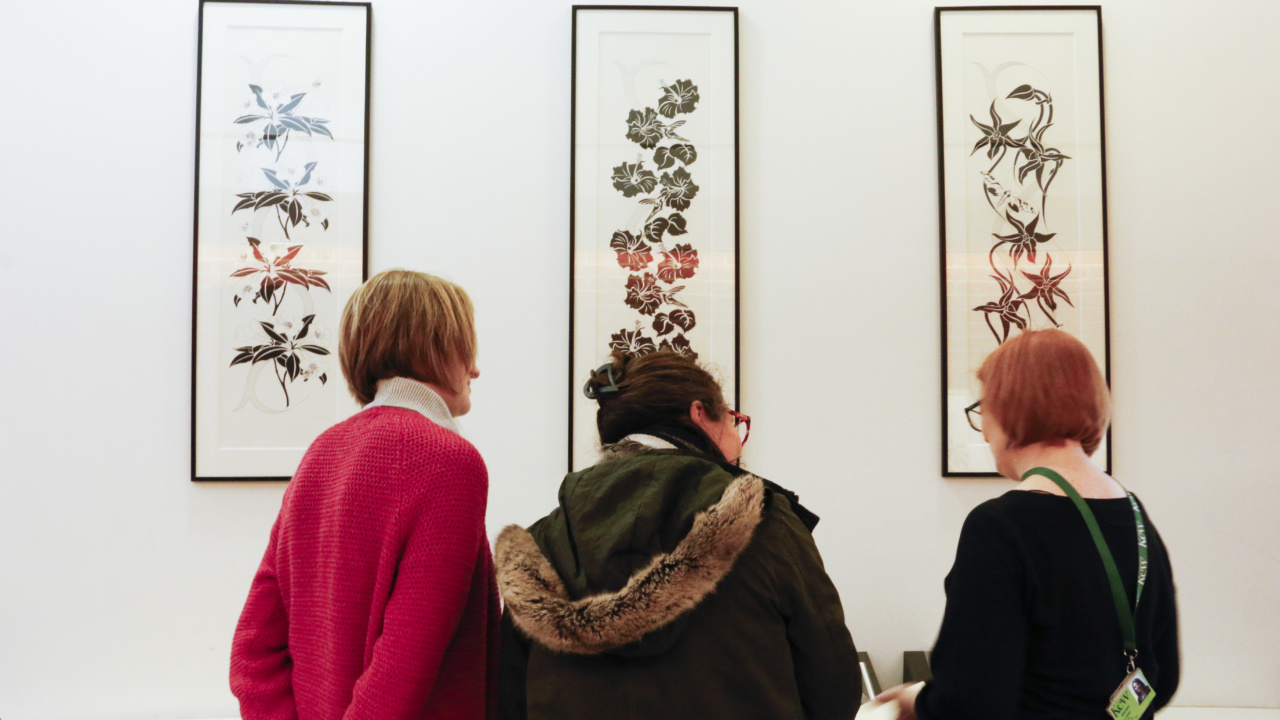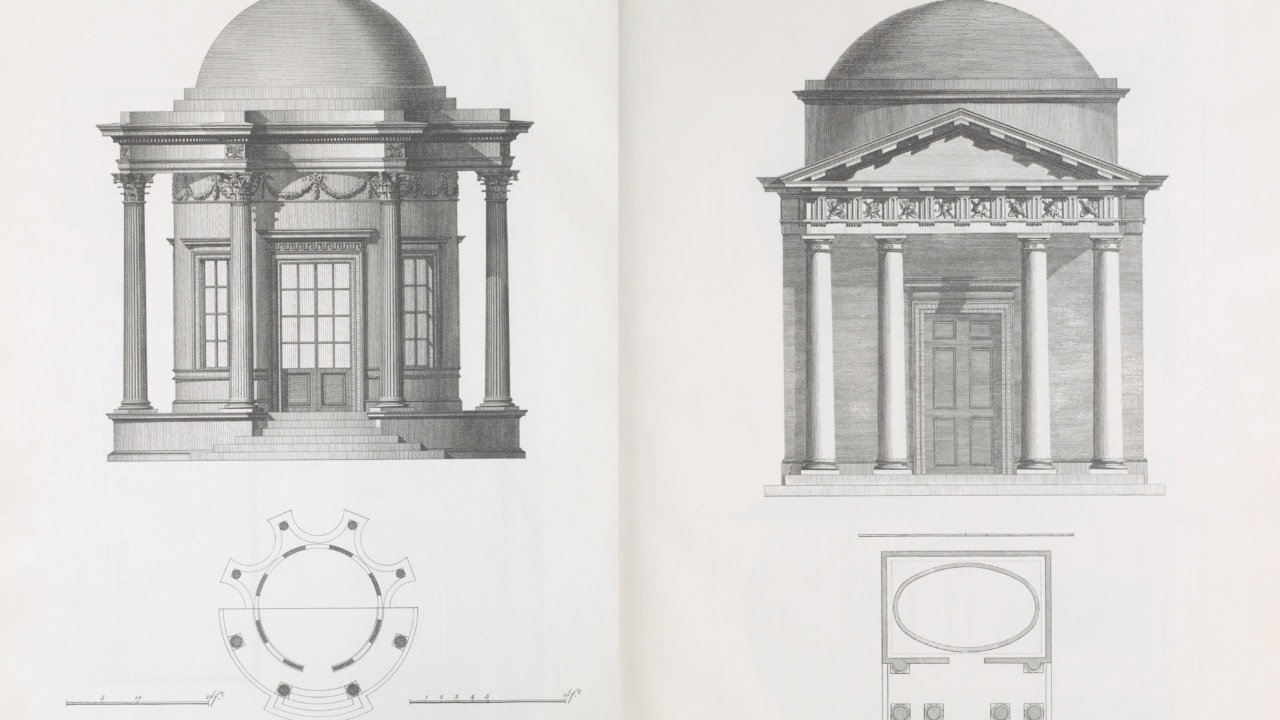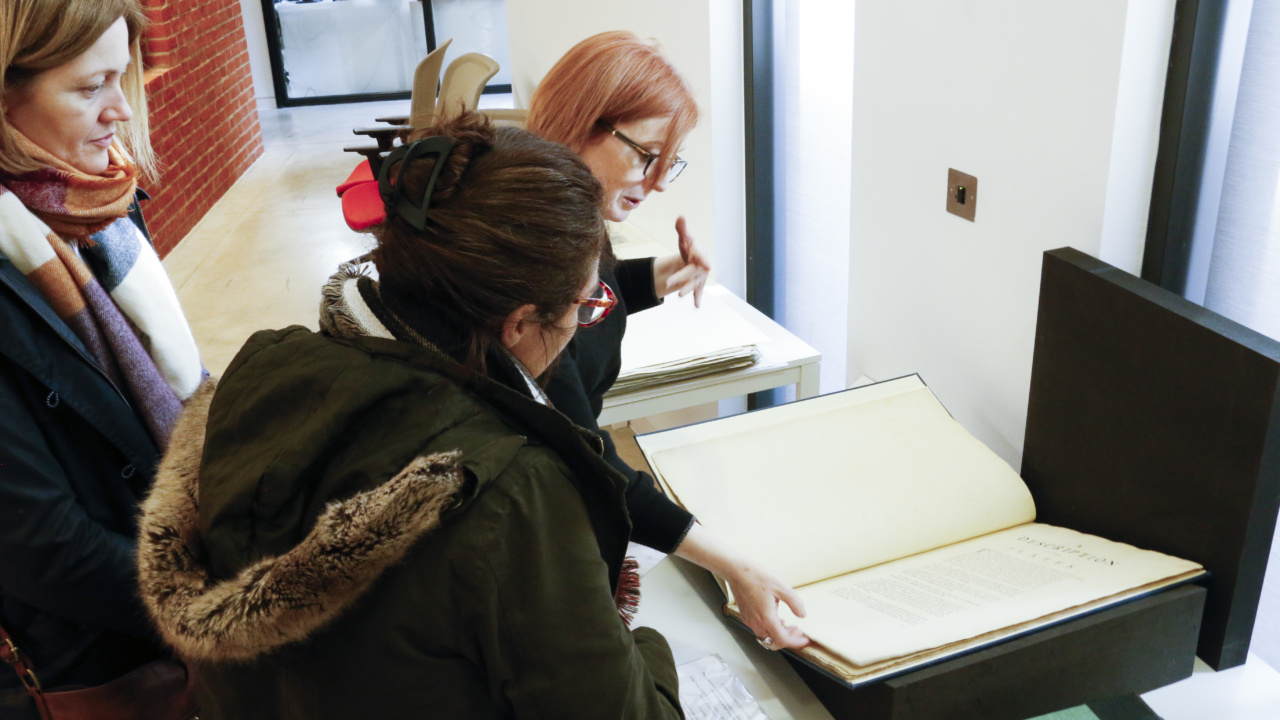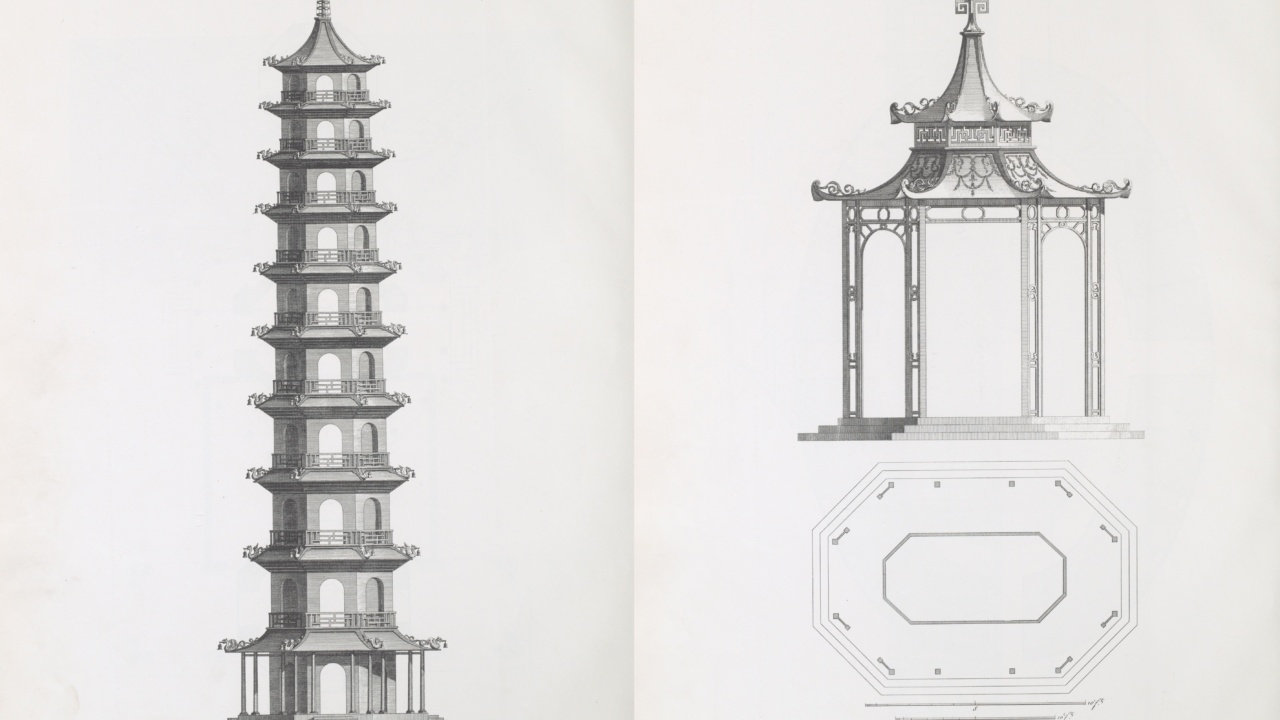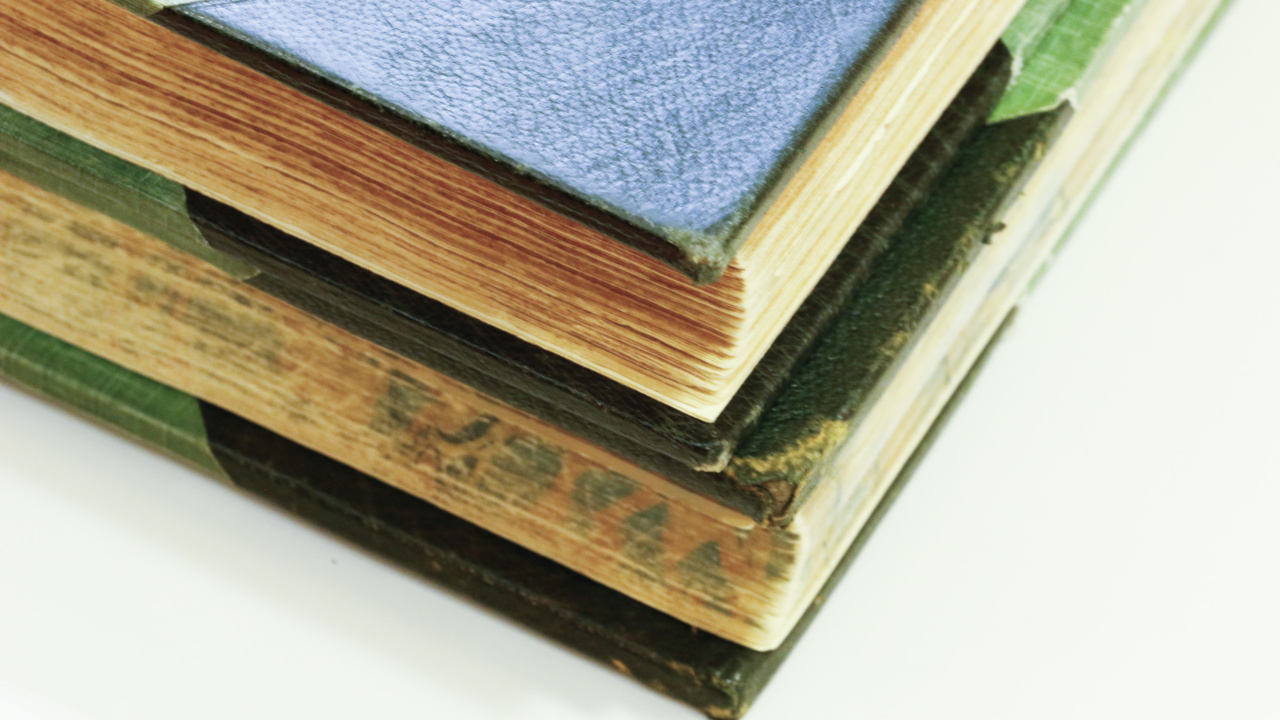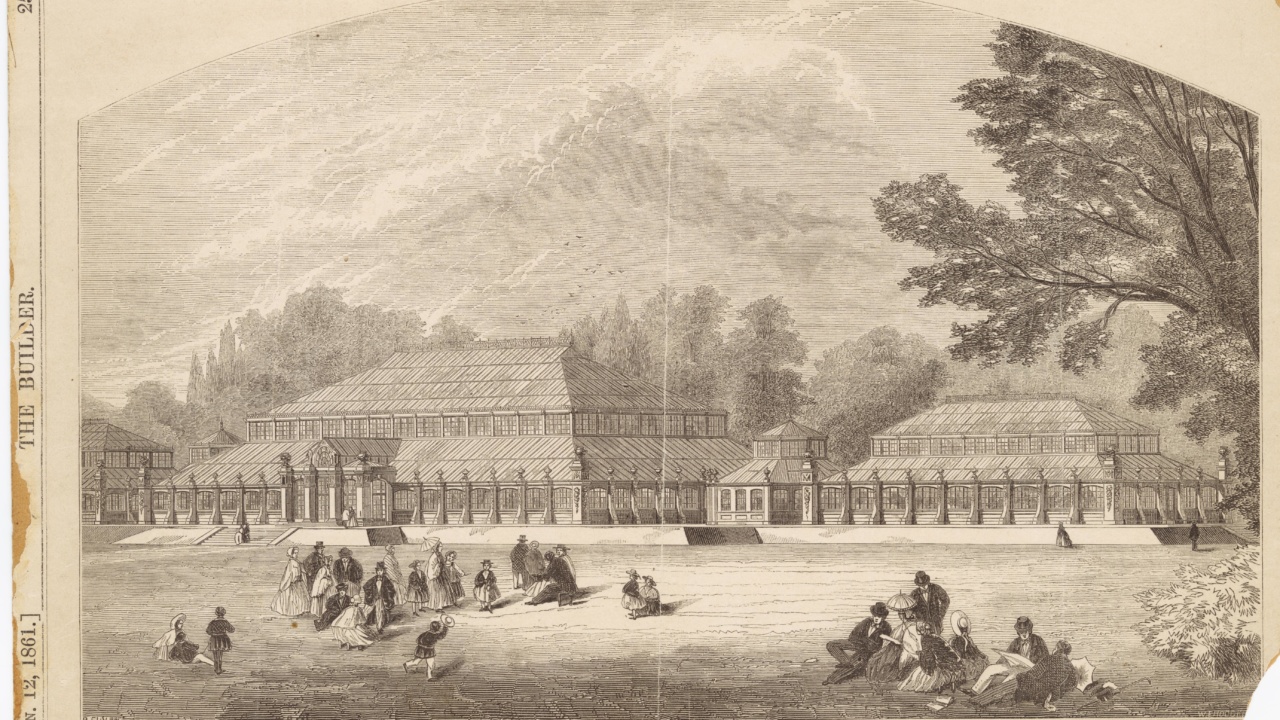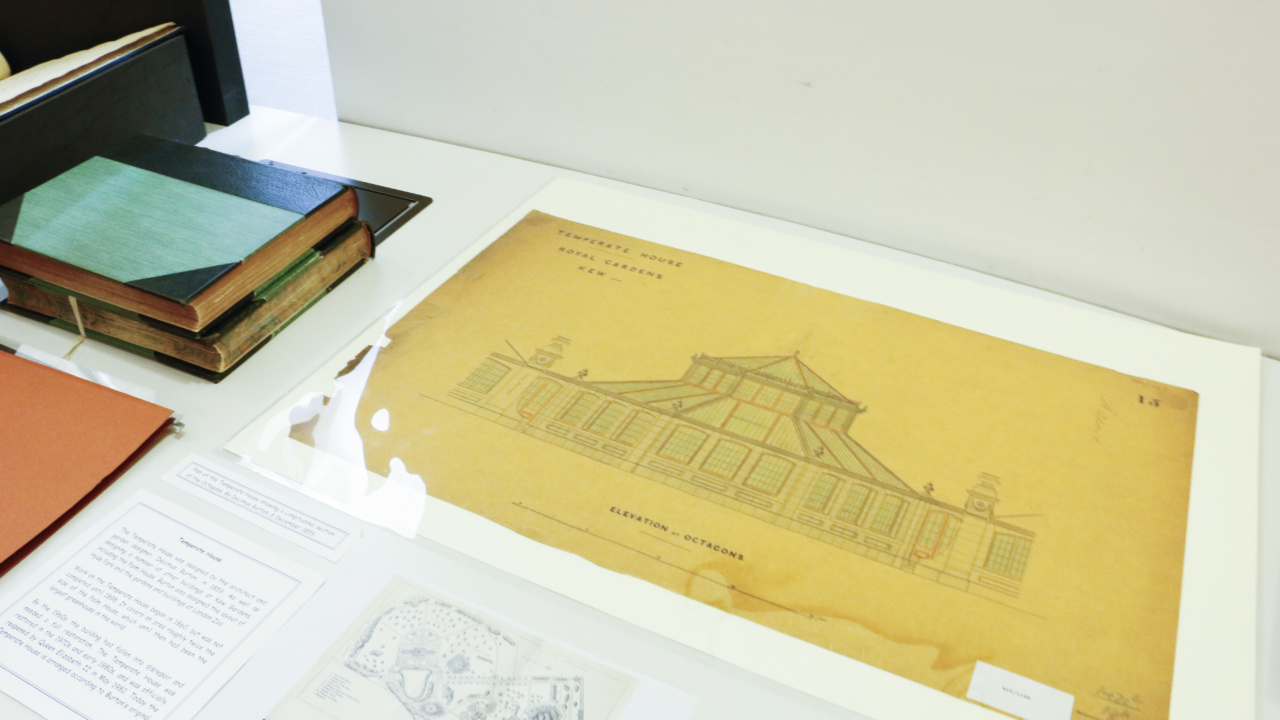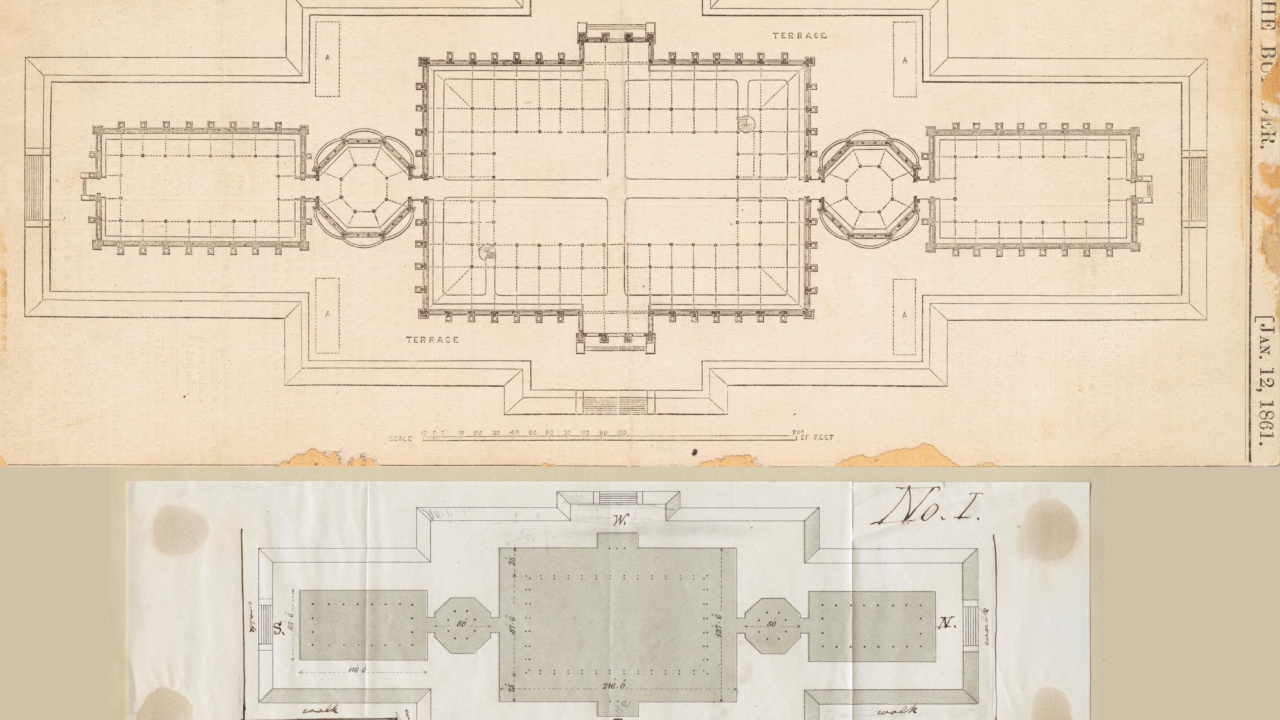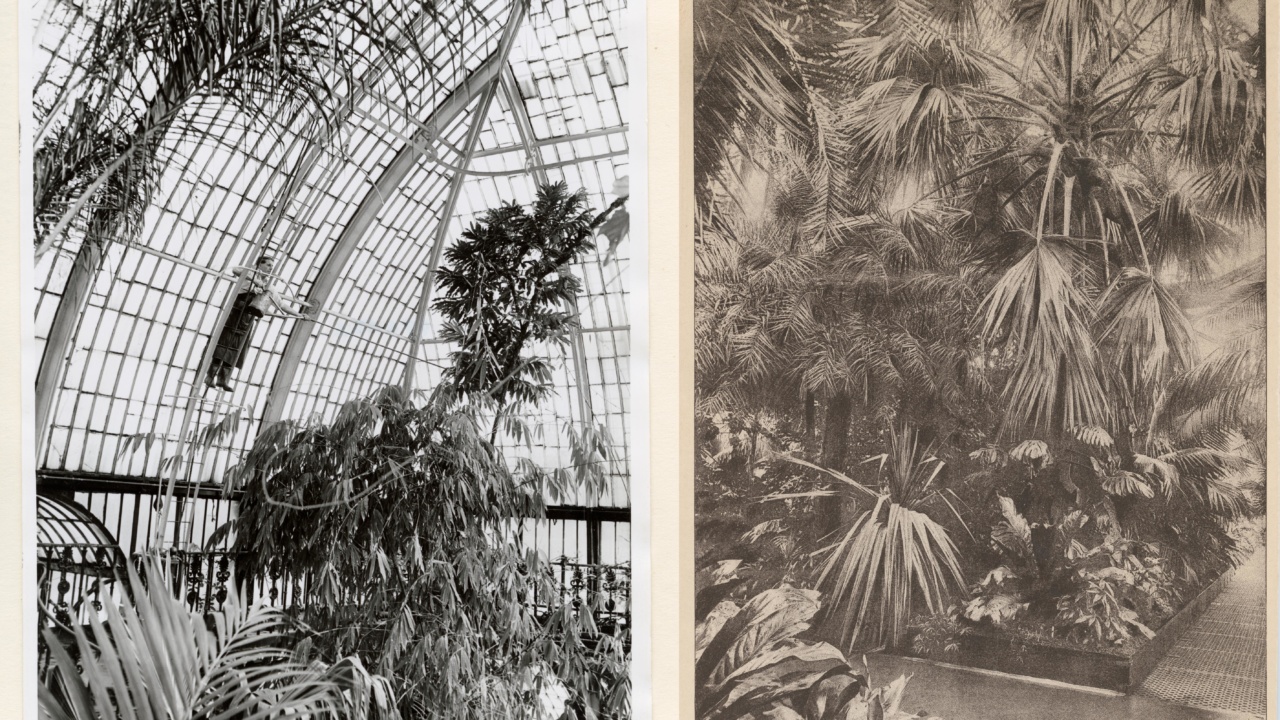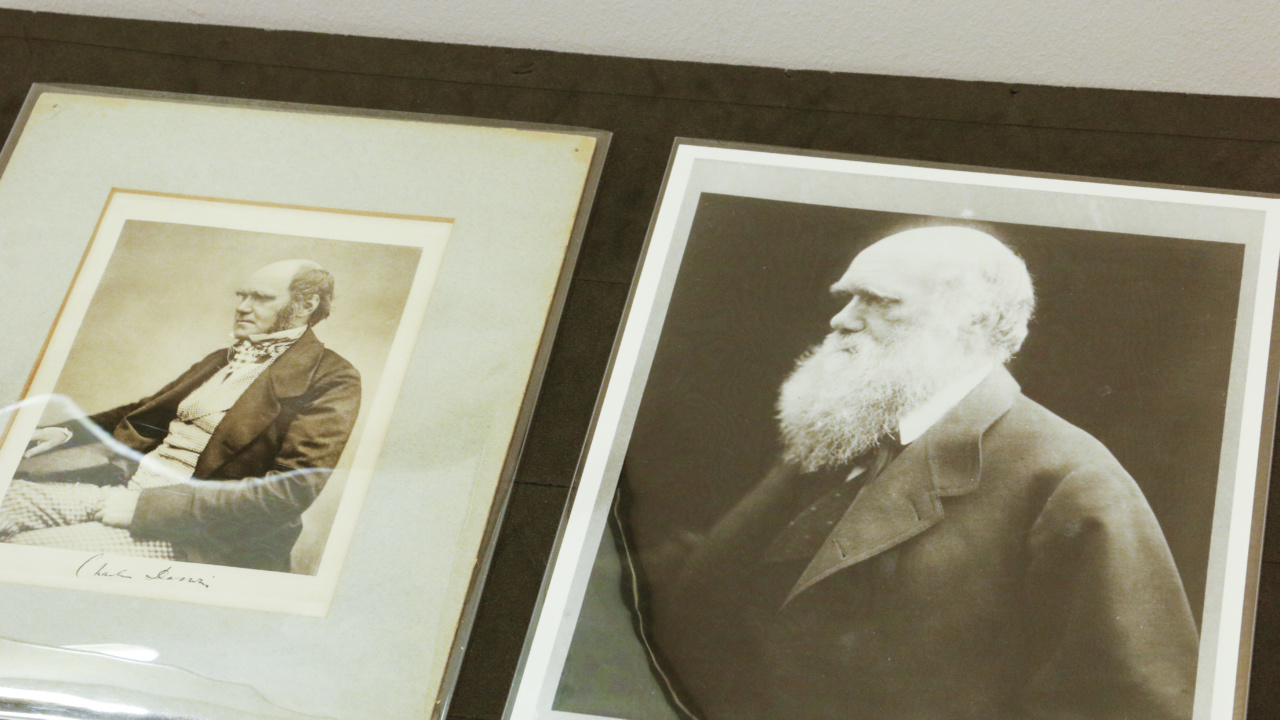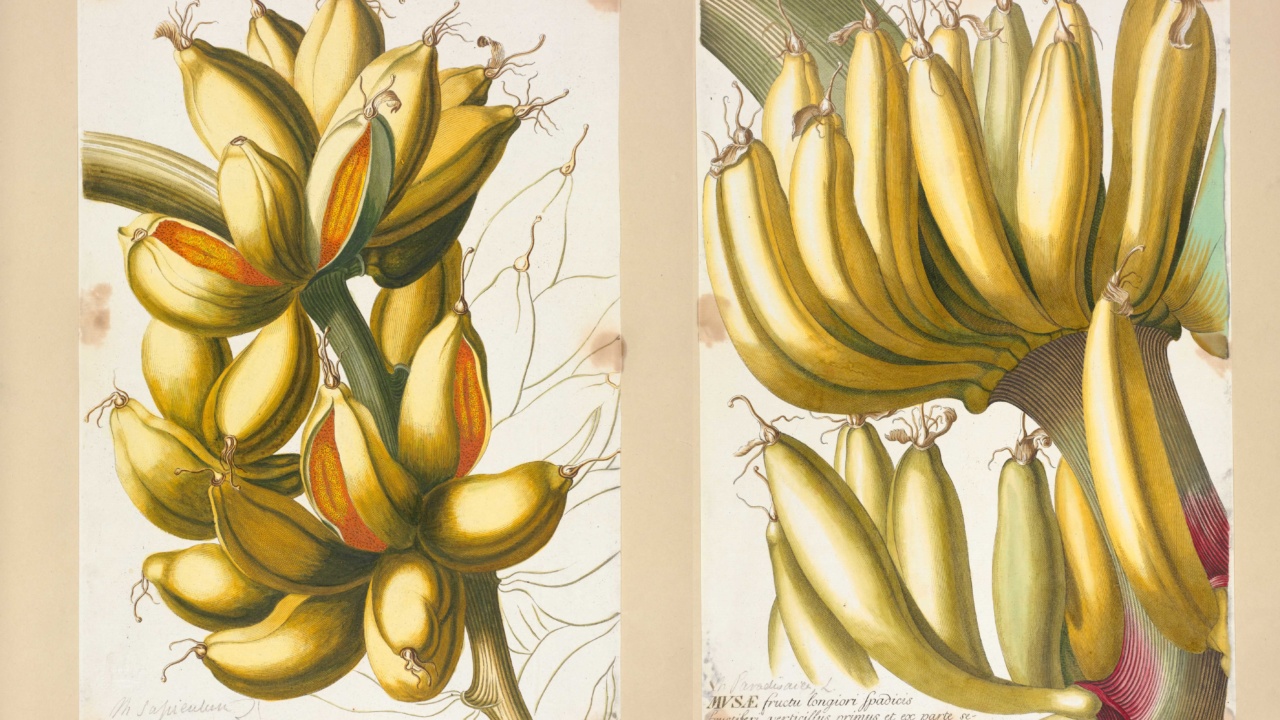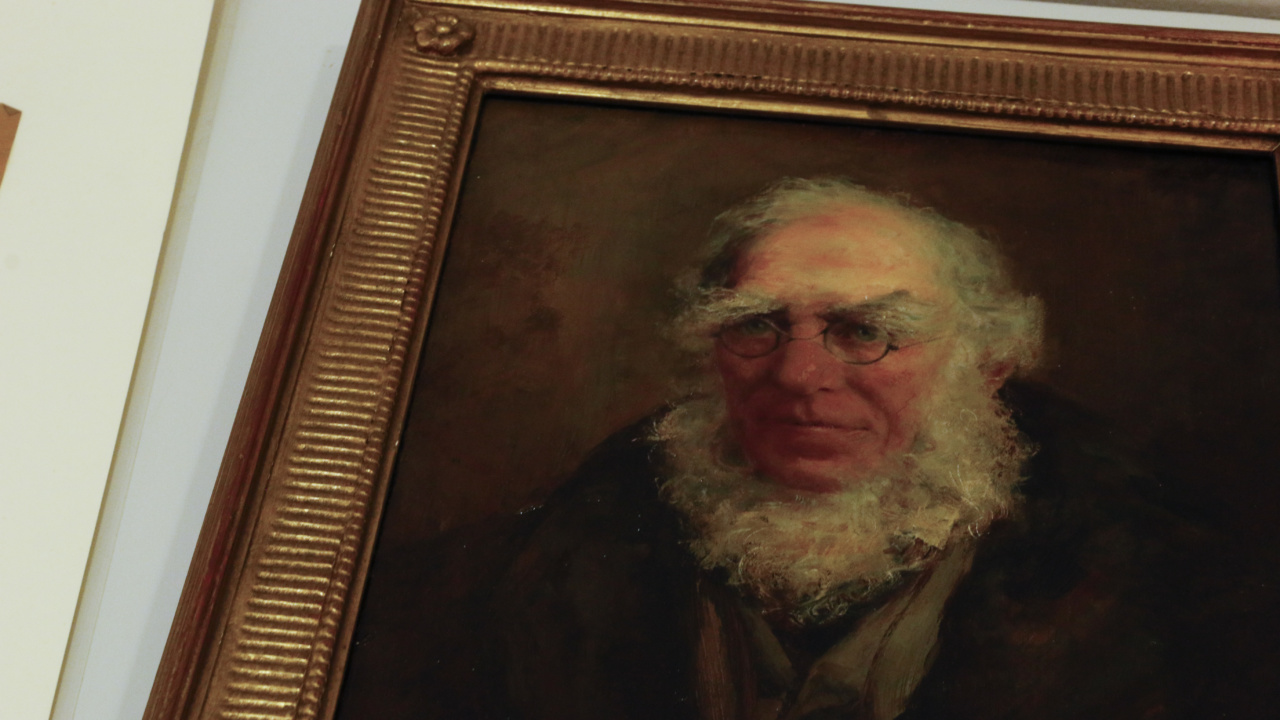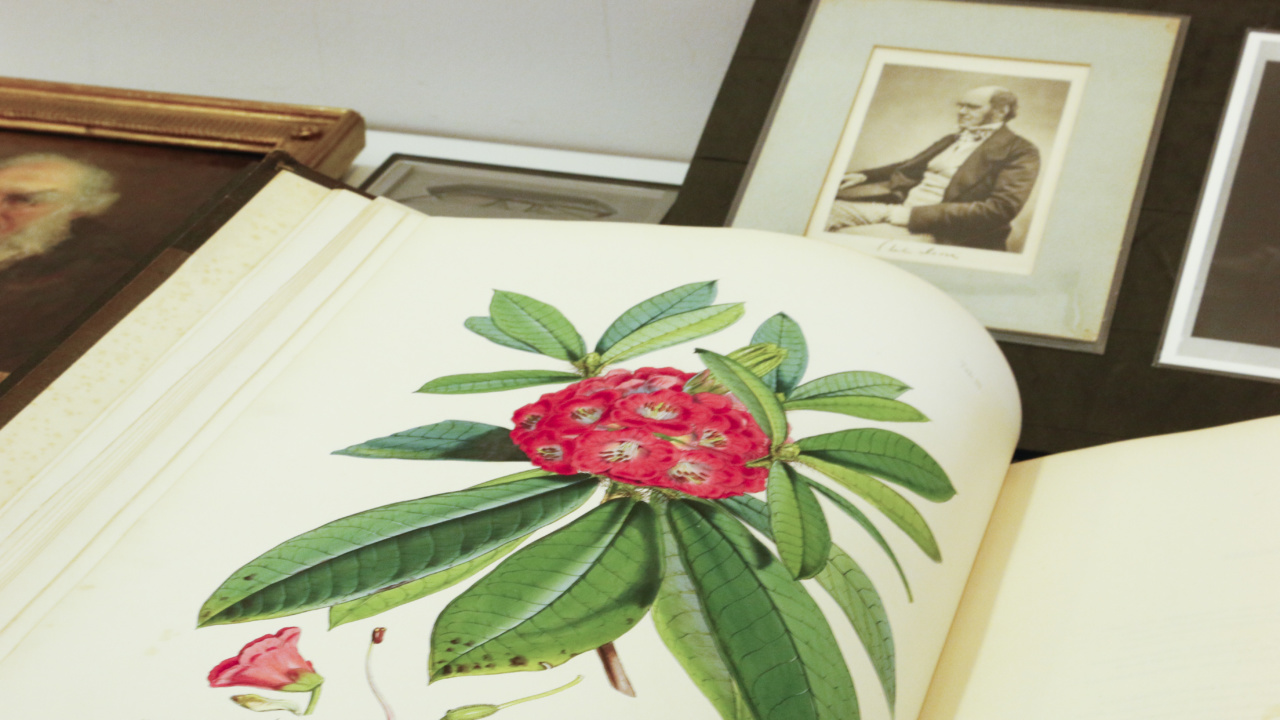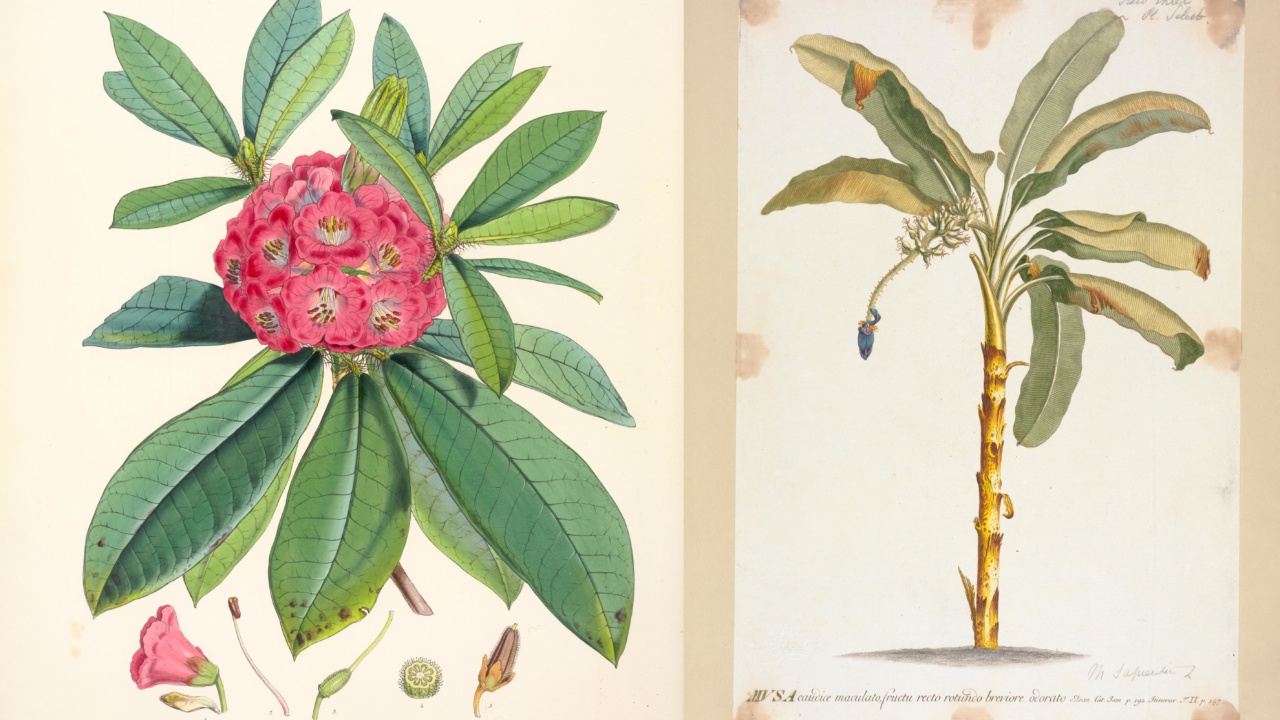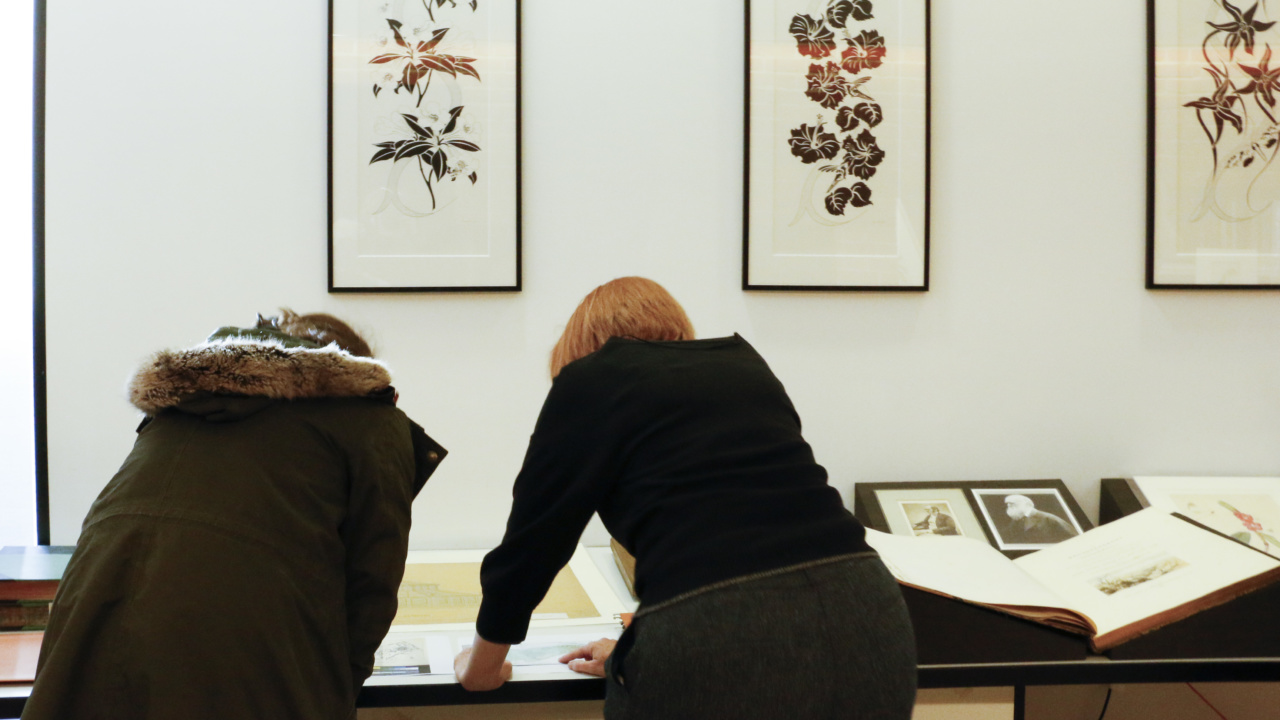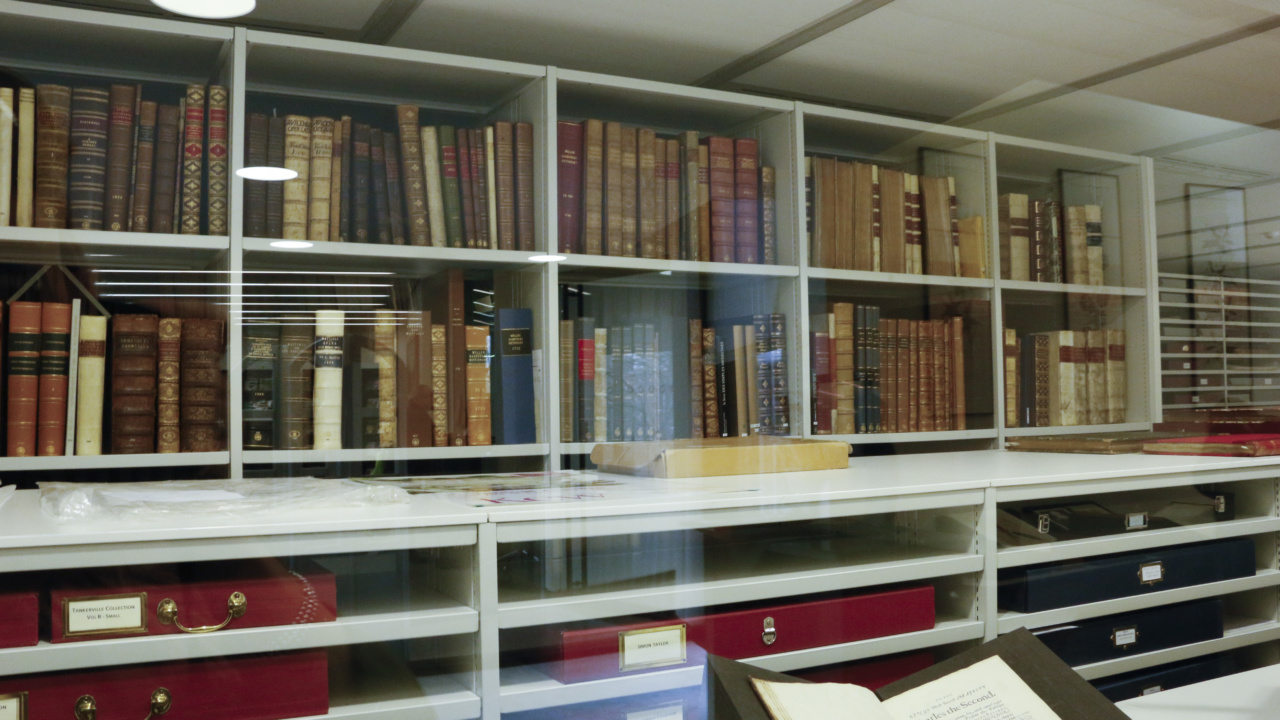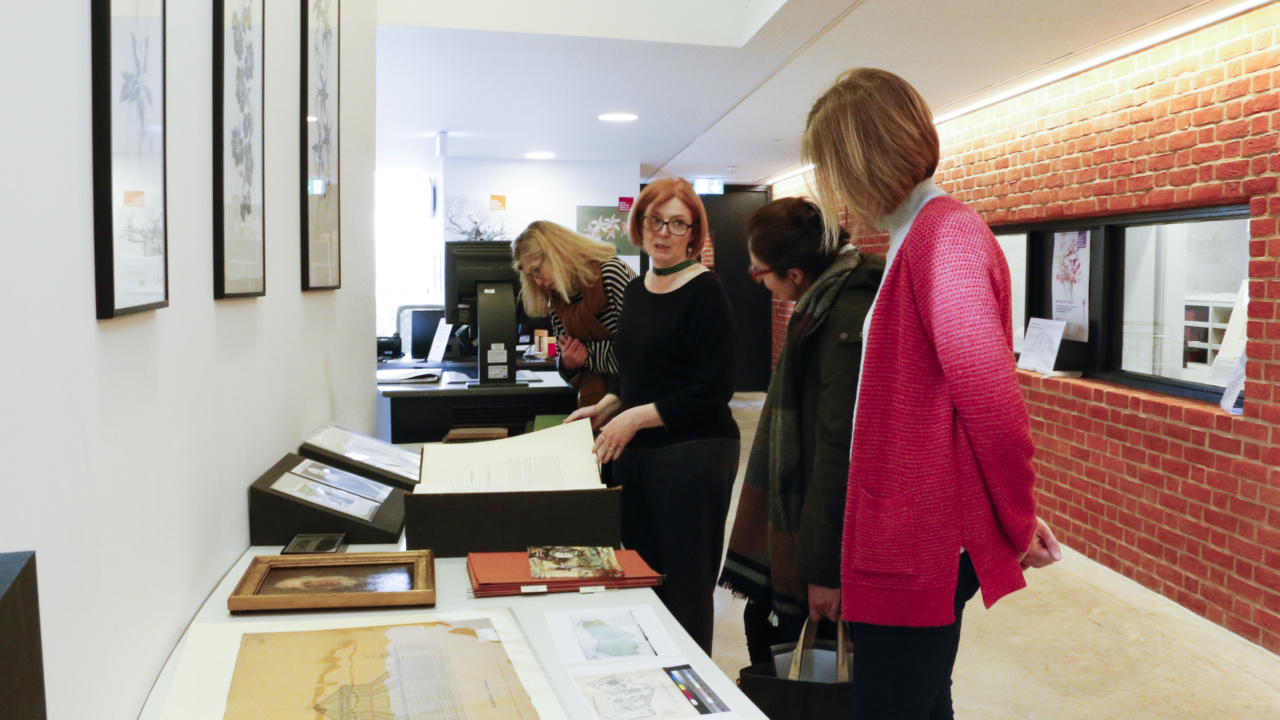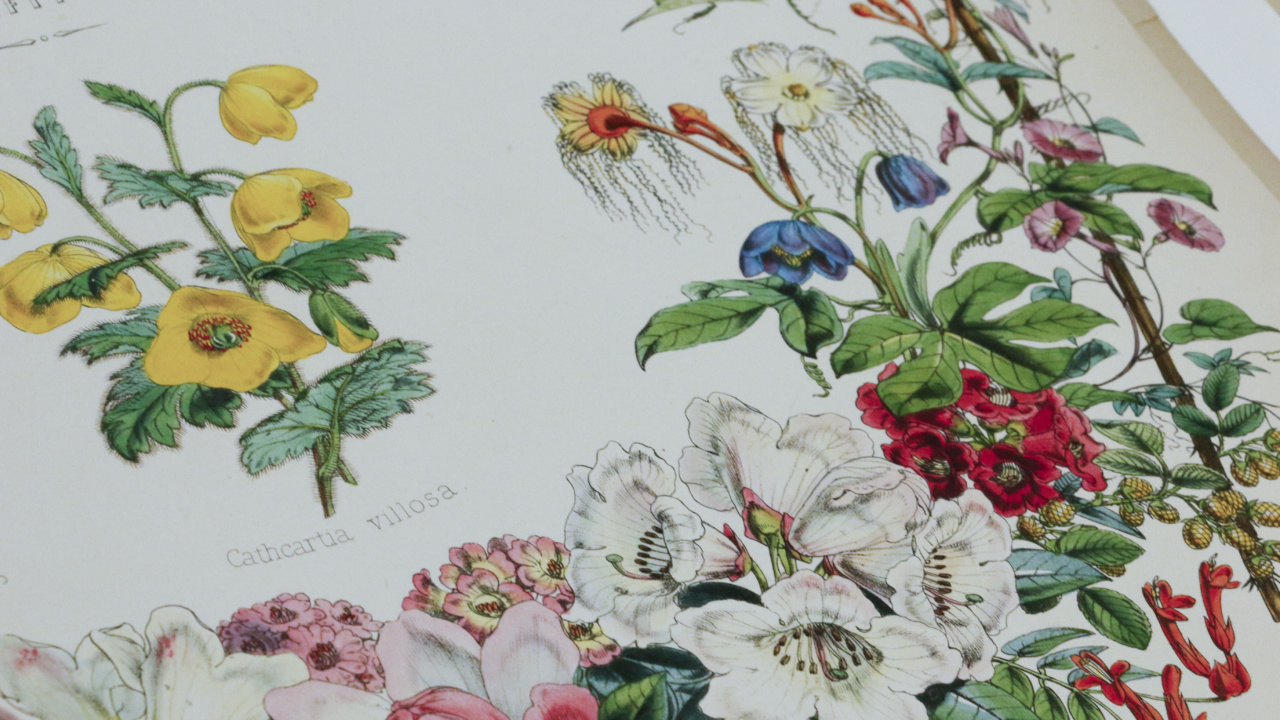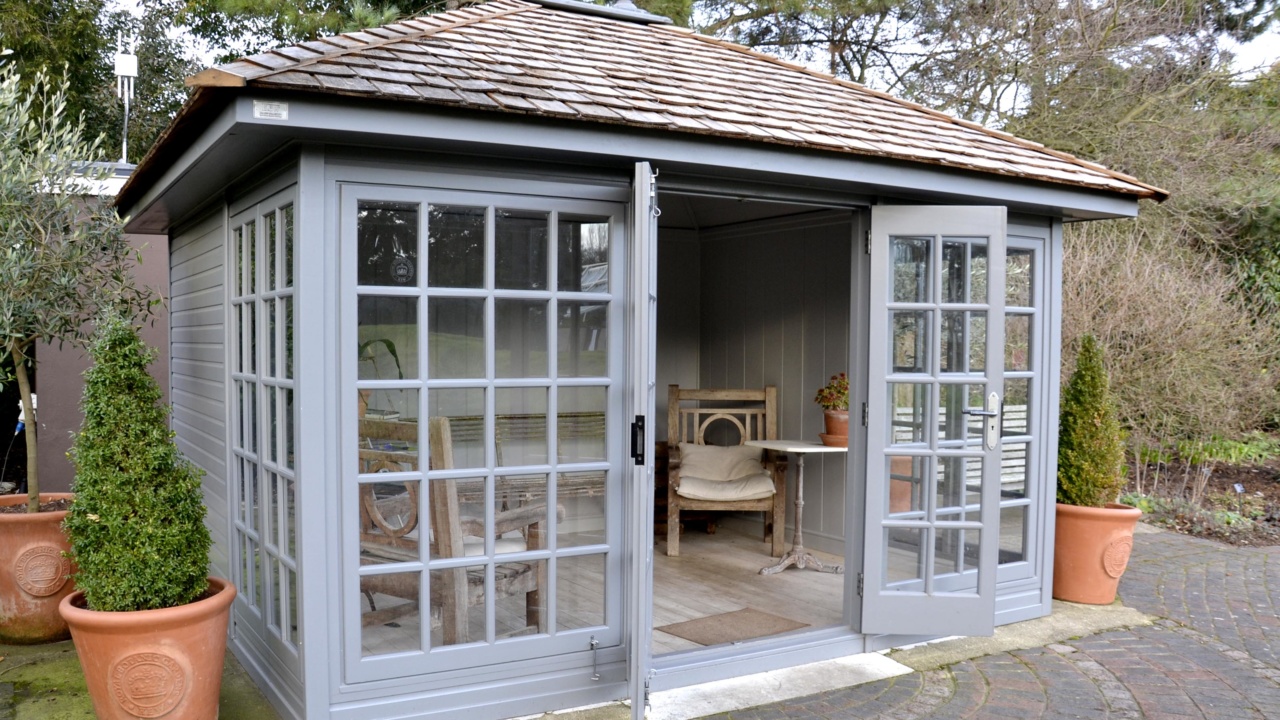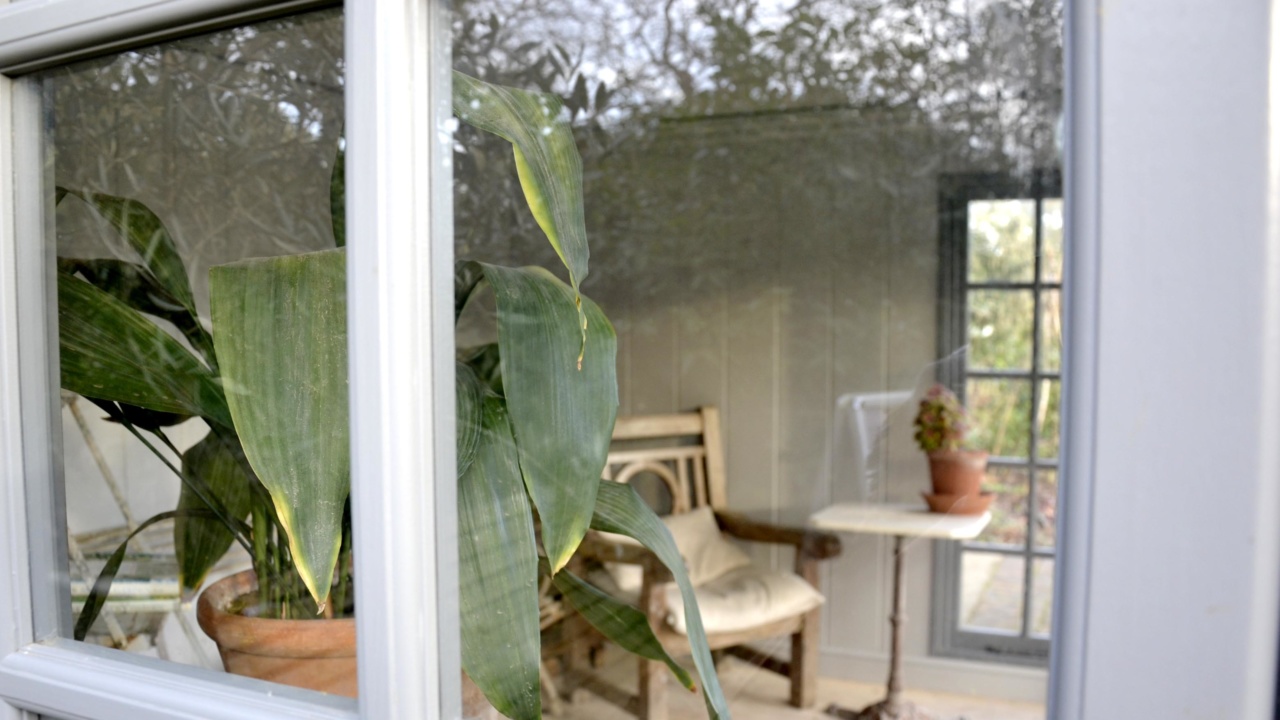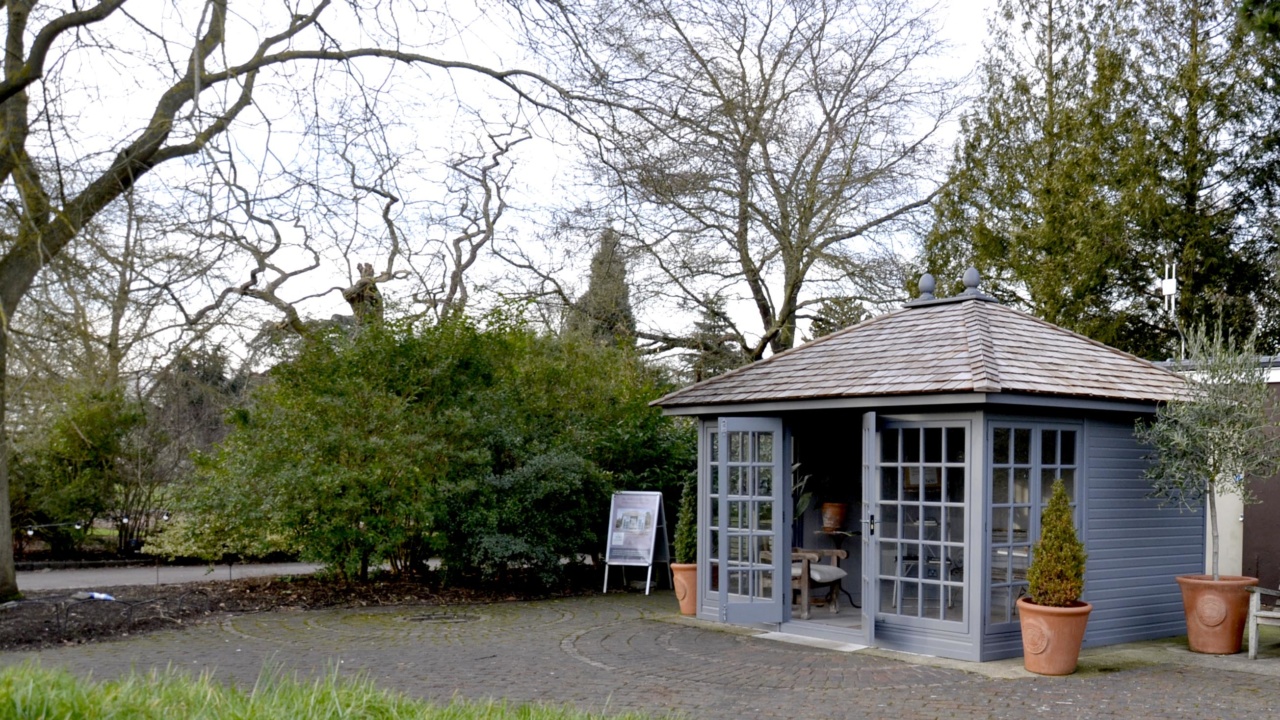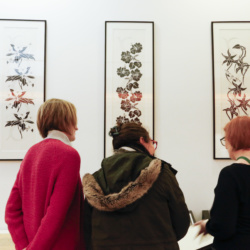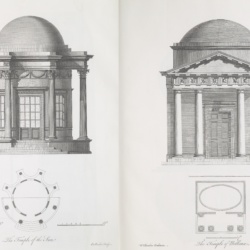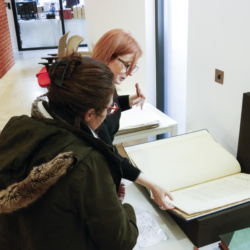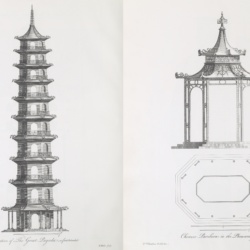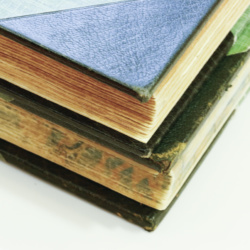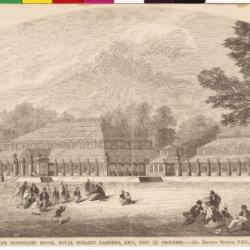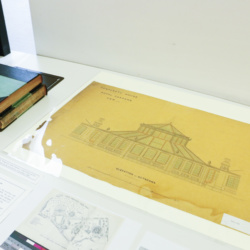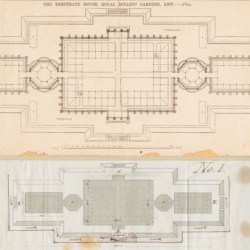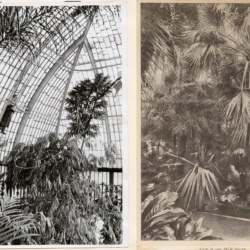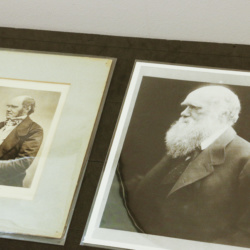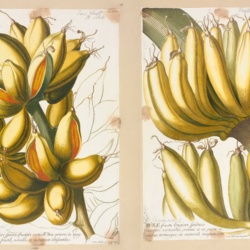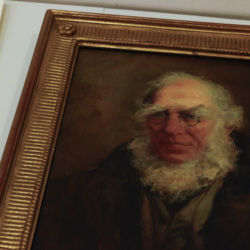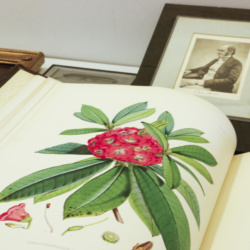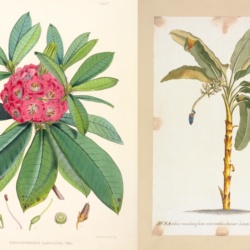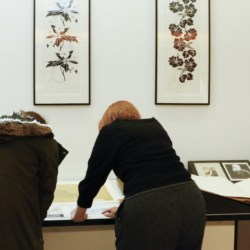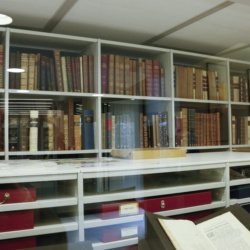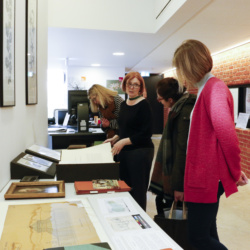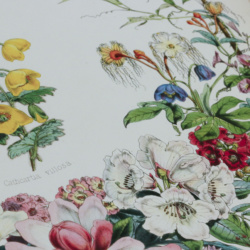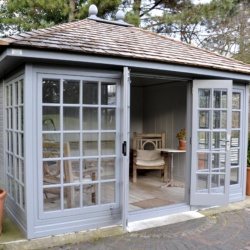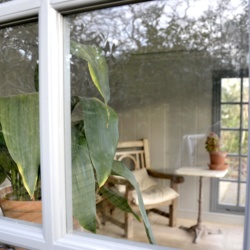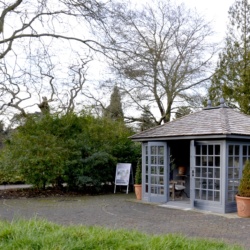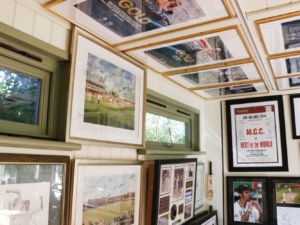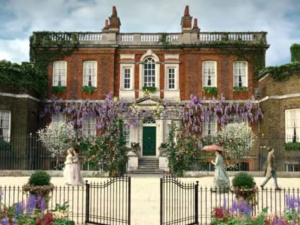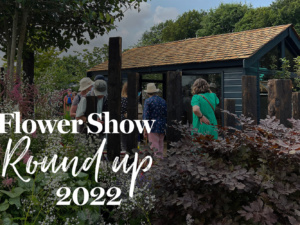Exploring the archives at Kew Gardens
This month we had the pleasure and the privilege of visiting the archives at the Royal Botanic Gardens in Kew.
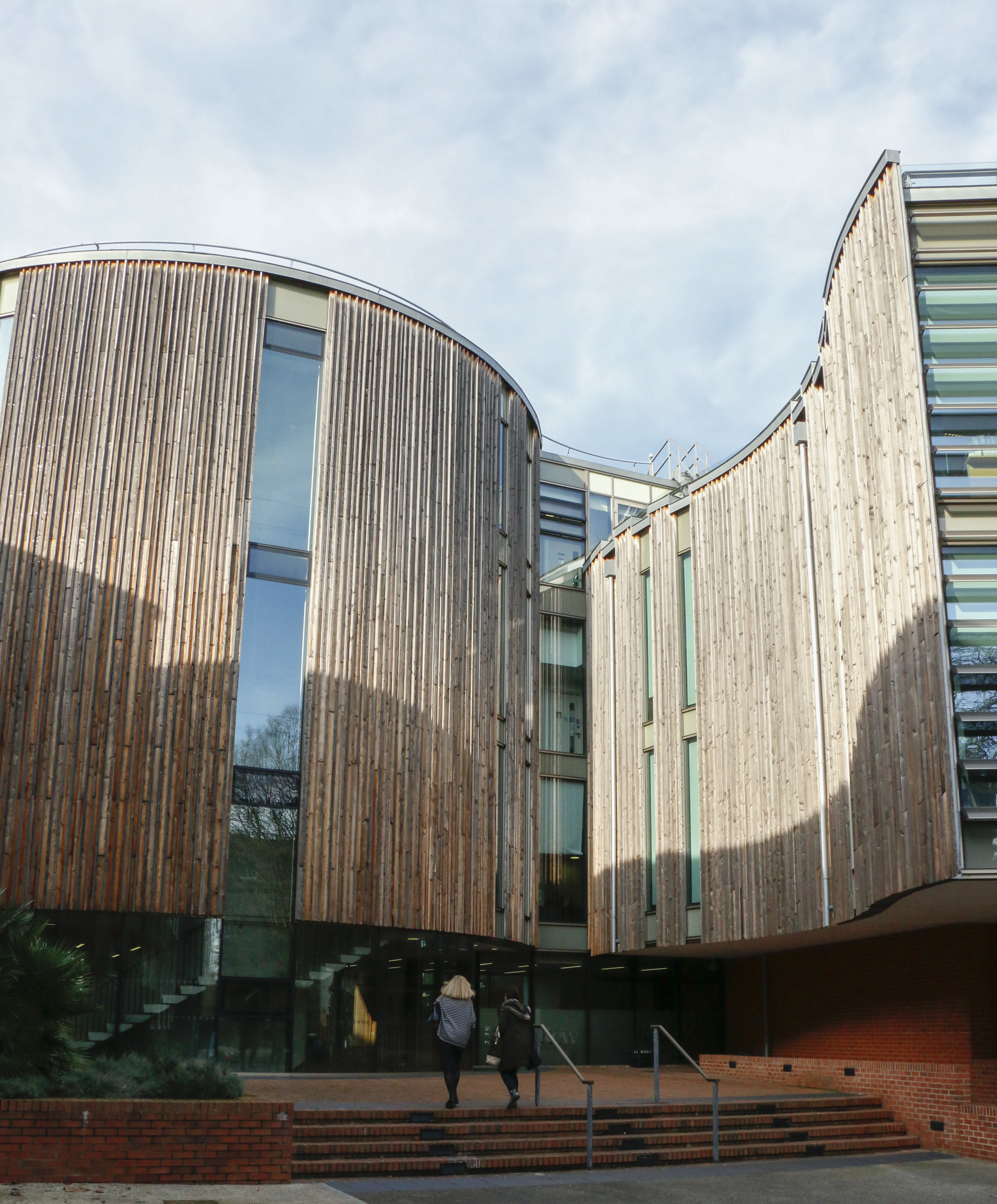
Malvern Garden Buildings have designed an exclusive range of garden buildings inspired by the rich history, personalities and iconic architecture of the world-famous botanic gardens.
We wanted to delve deeper into the history and be inspired by how Kew Gardens has evolved into the largest and most diverse plant and fungi collection on the planet.
The Kew Garden Archives consists of 1km of documents, which equates to about 7 million pieces of paper. We only had a tiny glimpse of the treasures conserved in this timber clad building just off Kew Green, but the material was absolutely fascinating.
The origins of Kew Gardens can be traced to the merging of the royal estates of Richmond and Kew in 1772. The land was a place of diversion and distraction for the Royal family dotted with follies.
Follies reflected the values of travel and education, but also pleasure, luxury and a kind of playful imagination.
These garden pavilions became popular throughout the 18th century and took their inspiration from centuries-old landscape architecture seen on the Grand Tours. They served as reminders of other times, other places. They had no practical purpose aside from temporarily transporting you to exotic places such as a Chinese temple or ancient Roman ruin.
A large bound volume of etchings held by the archive reveals the variety of styles designed by garden building architect William Chambers, including an example of the highly fashionable chinoiserie folly. The 10-storey tall pagoda still towers over the Gardens.
The Great Pagoda was one of over 20 garden structures designed by Chambers. There were also classically inspired ones and even a mosque. The follies were not designed to last although some have, like the Ruined Arch.
Remarkably, the Great Pagoda was tough enough to survive the German bombing of the Second World War and was even used by scientists to test the vertical flight trajectory of dummy bombs, through holes drilled in the floors.
We also got to see the original plans and elevations for the Temperate House. In direct contrast to the luxury and playfulness of the follies, the Temperate House is a glistening glass life support system to some 10,000 plants, including some of the world’s rarest and most threatened temperate species.
The Temperate House was designed by Decimus Burton, who also designed the Palm House for tropical plants. One particular black and white photograph took our eye. It shows one of the Palm House gardeners seemingly suspended from the ceiling watering the plants well before the days of computerised misting units. For us, it sums up British eccentricity and our gardening obsession.
One of the modern-day perks of working in the Palm House is getting to eat the tropical fruit grown there. A privilege also enjoyed by Charles Darwin, who was couriered the fruit by Joseph Hooker, his friend and a former Director of Kew. He code named them “Kew Gooseberries” and they satisfied his sweet tooth when his doctor banned him from eating sugar in the late 1870s.
The beautiful botanical paintings depicting bananas and the Musa plant in the archive show how much they differ from what we expect a banana to look like. Made up mostly of seeds, the flesh would have been hard and so we can’t imagine eating them was much fun for Darwin.
Seeing the exquisite botanical illustrations started by Joseph Hooker and completed by Walter Hood Fitch is a wonder. Fitch’s skill as an artist enabled him to use Joseph’s elementary field sketches and work them up into detailed plates. The hand-coloured lithograph by Fitch we saw appeared in Joseph Hooker’s Rhododendrons of Sikkim-Himalaya, 1849-1851, which was published while Joseph was still travelling in India. It’s images like these that help spark the Victorian craze for these colourful shrubs.
We also had time on our flying visit to the Botanical Gardens in Kew to stop by the quaint Kew Victoria garden building located near to the secluded garden, and stop for a while as visitors wandered by on their way to the very popular Orchid exhibition.
Feeling inspired and armed with lots of specially digitised material from the archive, we are now embarking on redeveloping the Kew Collection brochure and look forward to sharing the results with you soon.
